Museum dell'Opera del Duomo – (Museum of the work of the cathedral)
The museum is located behind the duomo (cathedral) and was opened in 1891 in a building, formerly the headquarters of the Arte della Lana, and was intended to house the statuary of the cathedral and the baptistery. Over the years it has been enriched with numerous works of art from other sources.
Recently enlarged and reopened in 2015, it houses more than 700 works of art from the Middle Ages to the Renaissance in an area of 6,000 square meters, which are thus particularly highlighted in a modern and airy museography.
Address : 42 Piazza del Duomo
Opening hours : from 9 am to 8 pm. Closed the first Tuesday of the month.
Price : 18 € for the combined ticket including the dome, the baptistery, the campanile, the crypt of Santa Reparata and the museum of the Opera del Duomo. Valid for 72 hours.
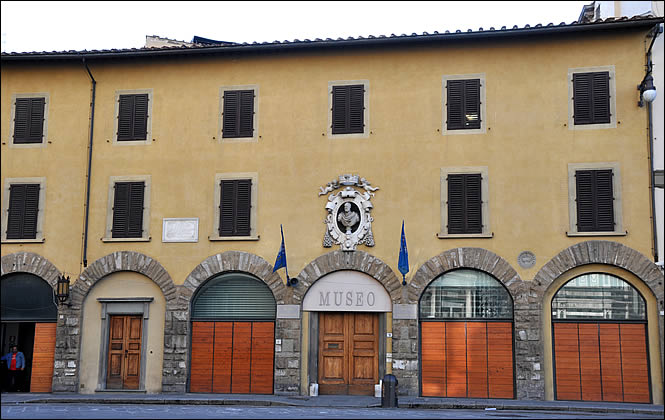 |
In the newly created large room, the reconstruction of the ancient façade of the duomo with the original statues allows us to understand and see the project of Arnolfo di Cambio. Of particular note is the Madonna with glass eyes (actually made of glass paste), surrounded by Saint Reparata and Saint Zanobi, which was intended for the central tympanum. This group is by Arnoldo di Cambio. There is also a Nativity and a Dormition of the Virgin and St. John baptizing Christ by Donatello.
|
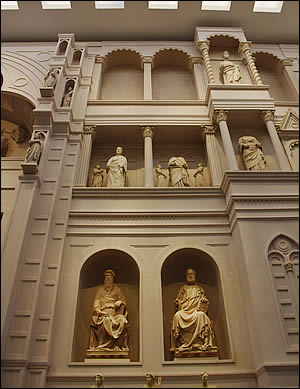 |
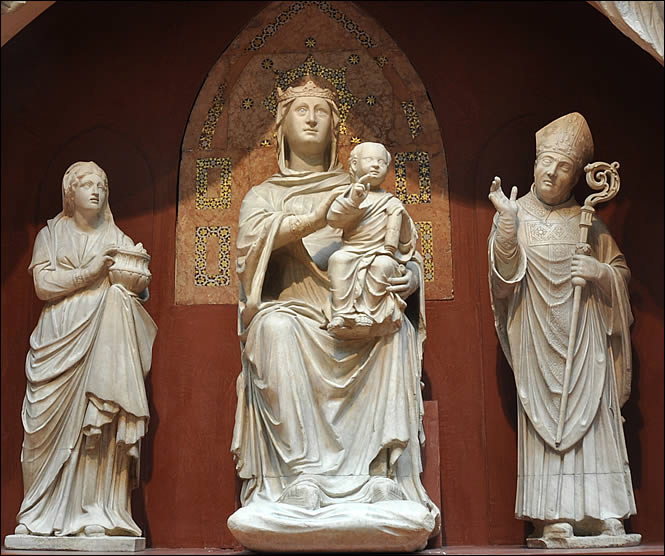 |
Opposite are the recently restored North and East doors of the Baptistery of St. John by Lorenzo Ghiberti. You can admire, at your leisure, the so-called Paradise door with its 58 panels gilded with fine gold, bordered by heads and figures, prophets and Sybils and representing scenes from the Old Testament. Even though the North door suffers from its proximity to the Paradise door, it is interesting to examine it closely because Ghiberti introduced perspective in scenes rich in detail.
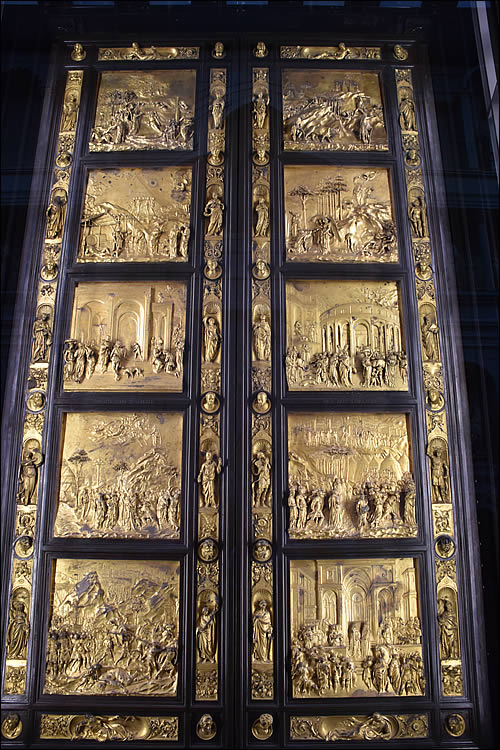 |
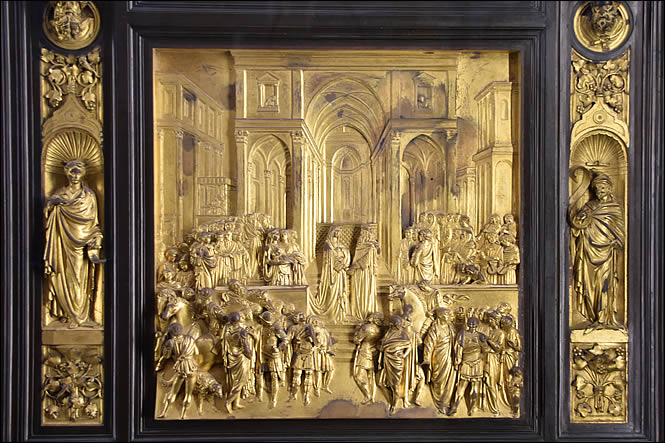
Two major works have been placed in rooms that are practically dedicated to them. The Pieta, the last work of Michelangelo, which he intended for his own tomb, but which he began to destroy because he was dissatisfied with his work. Fortunately, it was saved by one of his disciples, then repaired and finished by the Florentine sculptor Tiberio Calcagni. It was then sold to Francesco Bandini, whose name it bears, and later acquired by Cosimo III de' Medici.
|
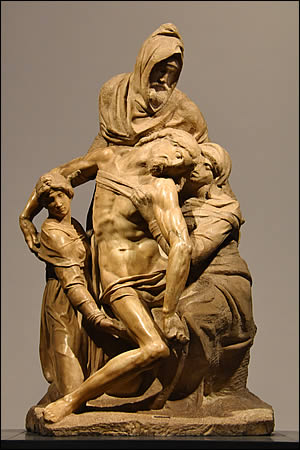 |
The Magdalene, a wooden sculpture by Donatello, was placed in the baptistery of St. John. It suffered a lot from the floods of the Arno in 1966, but restored, it is now protected in a glass enclosure. |
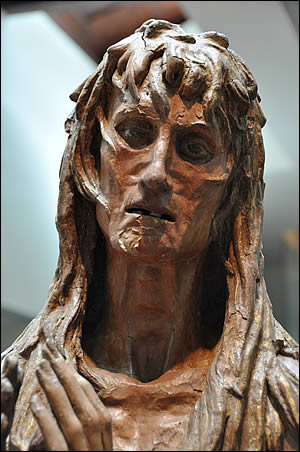 |
The cantors' tribunes, one by Lucca della Robia and the other by Donatello, are placed opposite each other at their original height, but reproductions of the little singers and putti are placed at eye level.
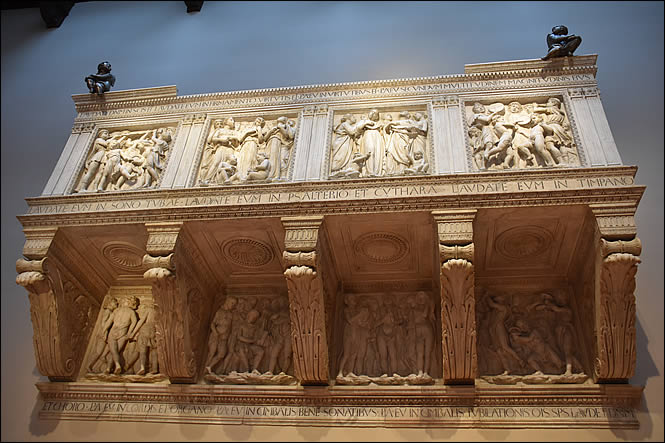 |
A long gallery shelters the statues of the campanile whose prophet Abuc by Donatello is nicknamed "pumpkin head" for his baldness and the shape of his skull. Opposite are the reliefs of the campanile which highlight the positive role of Man in his works. These hexagons also illustrate religious scenes, such as the creation of Adam and Eve, and mythological scenes, such as Daedalus in flight or Orpheus charming the wild animals with his music.
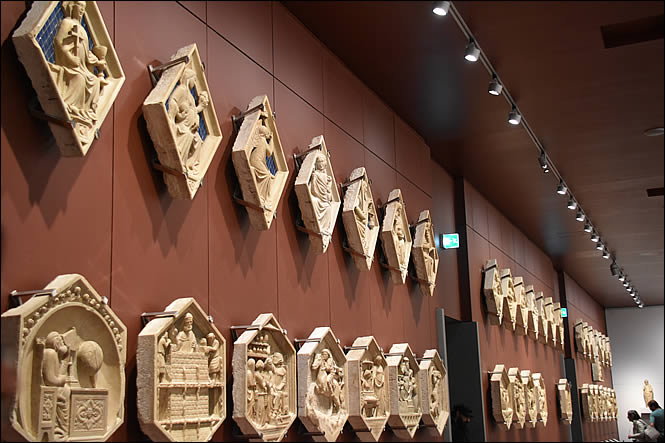 |
The museum is also rich in religious paintings, mainly altarpieces, one of which illustrates the life of Saint Reparata, the patron saint of Florence.
The silver altar of the baptistery of St. John, a major work of the Renaissance, has been restored to its full splendor after several years of painstaking work.
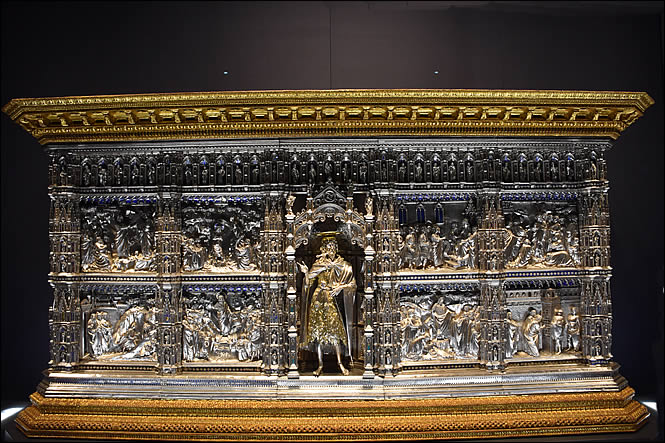 |
One room contains models, plans and tools used in the construction of Brunelleschi's famous dome and allows you to see the complexity of the work he undertook.
A visit to this museum is highly recommended as a complement to a visit to the duomo, whose interior rigor can leave a feeling of frustration.
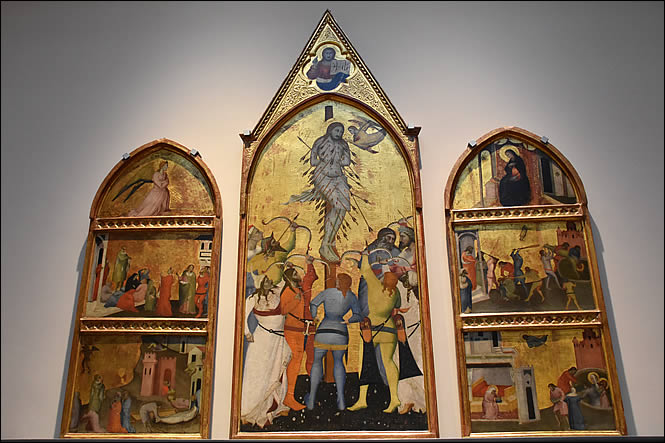 |